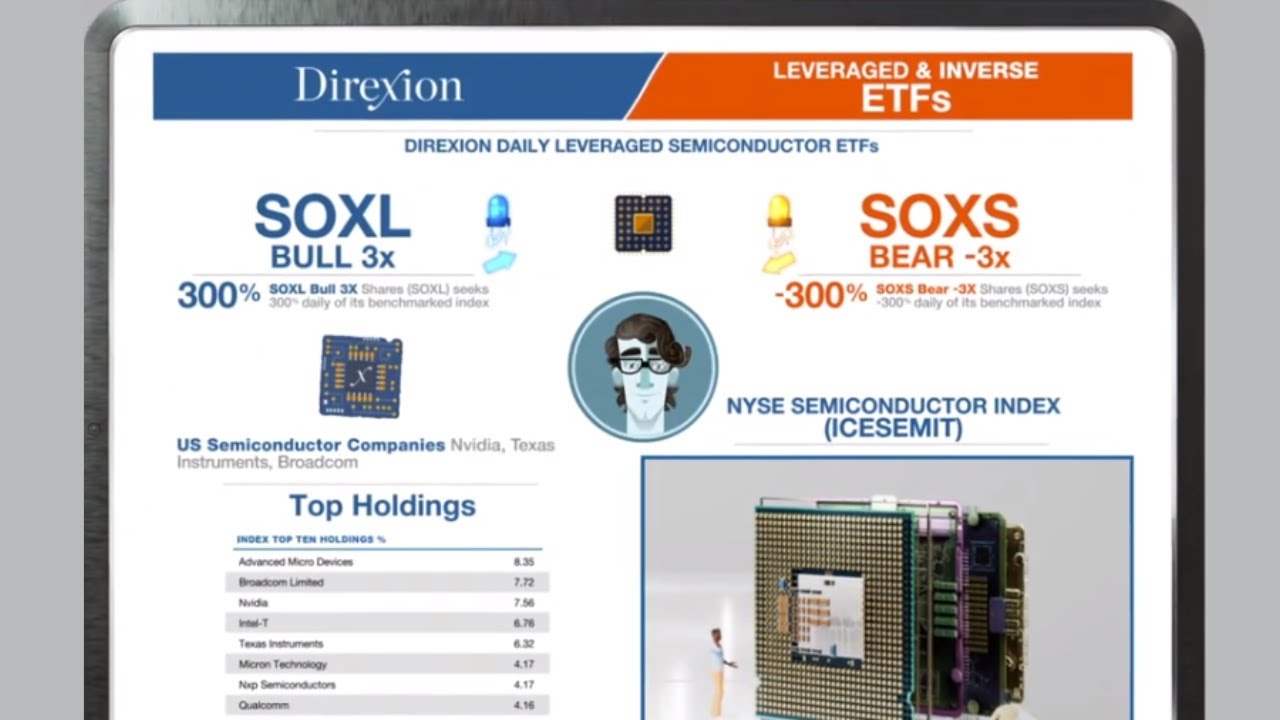As we get closer to retirement, we need to have an adequate cushion, or would I like to call, a margin of safety? Why? Well, because as we age, our investment time horizon compresses, meaning we have less time to recover should the stock market suffer a severe decline. Now, I’m not the one who invented the margin of safety moniker. It was actually a legendary investor, Benjamin Graham, who is known as the father of value investing that came up with that terminology. By the way, Graham makes an appearance in my book, Habits of the Investing Greats.
So why did Benjamin Graham believe that investors should have an adequate cushion? He lived through The Great Depression and his generation experienced an absolutely gut-wrenching stock market. So Graham applied his margin of safety idea to the context of selecting individual stocks. And as he taught, if people bought stocks at prices below their intrinsic value that it would provide, in his words, an adequate cushion or margin of safety.
Now, here’s the part of Graham’s philosophy that I’ve adopted and adapted and something that I’ve made part of my own investing framework that I know can protect you and your money during a severe downturn. So what this boils down to everybody, is managing risk. You see, Graham’s groundbreaking idea about how to properly manage risk has much broader applications beyond just selecting individual stocks to actually, how an entire portfolio of investments is assembled and managed.
Does your IRA, 401k, and other investments PASS or FAIL? Get your Portfolio Report Card to find out.
And I think that’s the great illumination here that I’m sharing with you. So if we boil all of your investments down into just three containers, three places, and I like to call it, three container framework. A person’s core portfolio, a non-core portfolio, and it’s complemented by another container known as the margin of safety. So what is the purpose of this ladder container? Well, it’s to provide stability to the overall portfolio, particularly when markets are falling. It also prevents investors from selling assets that have suffered sharp declines at the worst possible time when they’re down.
Generally, investors with a compact time horizon and low risk tolerance should have a larger margin of safety compared to those with a much longer time horizon and a higher risk tolerance. What type of assets should you use for your portfolios margin of safety? The key characteristics for assets inside your portfolios margin of safety are number one, they should not lose market value. Number two, they should not have market volatility. Number three, they should provide liquidity. And number four, they should provide principle and income guarantees. A finance theory supports the common sense approach of using combinations of risky portfolio and riskless assets to control overall risk exposure. And that’s what another investing legend had to say. That’s from David Swenson, the Chief Investment Officer at Yale University.
So to recap, having a cushion or margin of safety inside your portfolio is all about prudent risk management. It may sound complex, but it’s not. From a timing perspective, you acquire this cushion before markets crash, not after, and certainly not during. Now, how much margin of safety should you have inside your portfolio? Well, you can obtain a margin of safety worksheet that I designed to help you calculate the percentage of your total assets that can serve as your cushion. This worksheet, by the way, is available to students of my online class titled, Build, Grow and Protect Your Money.
Watch this post on ETFguide at YouTube and enroll in our bootcamp for ETF traders and investors.




